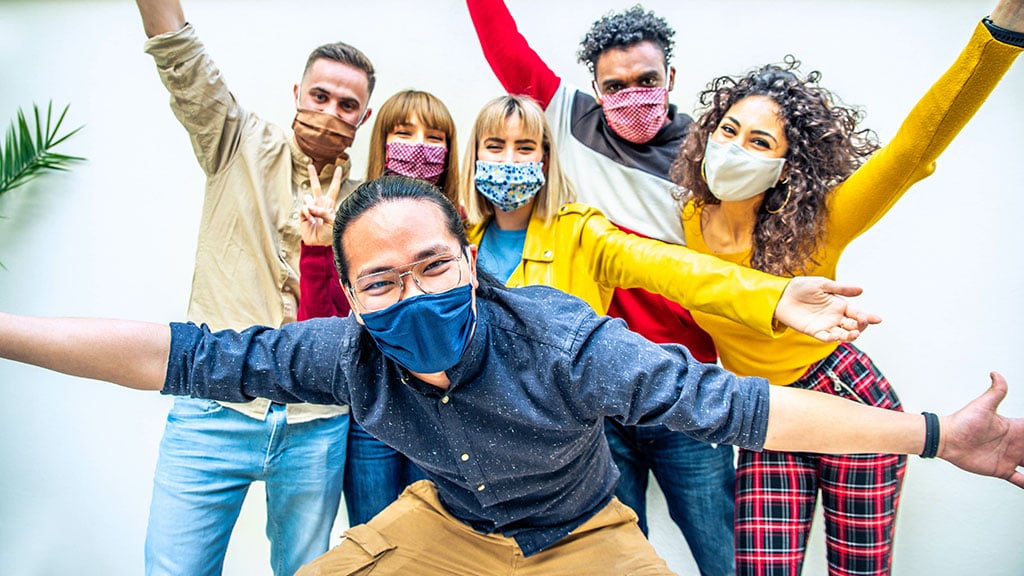Holidays are here, but so is COVID – how to protect yourself and others this summer
We’ve made it! The holiday season is upon us and it’s time to take a break from the books, enjoy spending time with friends and family, and make the most of those long summer days.
But while we’ve been able to return to a more normal way of living for most of 2022, COVID-19 is still very much a community concern, with cases spiking in recent months. Multiple variants continue to circulate in Victoria, and social gatherings and events over the holidays increase the transmission risks further.
One of the faces of the pandemic response has been our Chair in Epidemiology, Alfred Deakin Professor Catherine Bennett, who warns that the pandemic isn’t over:
 ‘Thankfully, infection rates haven’t taken off as much in the current surge as in previous waves, but the risk of being exposed to the virus when out and about remains high.
‘Thankfully, infection rates haven’t taken off as much in the current surge as in previous waves, but the risk of being exposed to the virus when out and about remains high.
‘With a number of different Omicron variants circulating now, it also pushes up the risk of reinfection, and means that our higher risk of exposure to COVID-19 may last into the new year.
‘We’re still learning about this virus, and about the longer term impacts of infections and reinfections. So, the message remains – avoid infection if you can, be aware of your symptoms and stay home if unwell.
‘Take all the usual precautions to avoid infection whan you’re out – keep a bit of distance from others, do as much outdoors as you can now the weather is improving and wear a mask when you can’t keep your distance indoors, especially on public transport.’
Six simple steps
Victoria’s Chief Health Officer Brett Sutton says there’s six simple steps you can take to help prevent severe illness and reduce the spread:
- Get vaccinated: boosters help to maintain waning protection against severe COVID symptoms – people who haven’t had their booster are two-and-a-half times more likely to go to hospital with COVID-19 than someone who is up to date with their vaccinations.
- Wear a mask indoors: wearing a high-quality and well-fitted face mask is still the easiest way to protect yourself.
- Let fresh air in: you’re less likely to catch COVID-19 in well-ventilated places.
- Get tested if unwell: test as soon as symptoms appear and stay home if you’re positive. You should still report a positive RAT result.
- Manage COVID-19 at home: ways to cope with your symptoms and get help.
- Get medicines if at risk: if you’re at a high risk of getting very sick with COVID-19, you may be eligible for anti-virals or other medicines.
You’ve also probably heard of ‘long COVID’, which is diagnosed when people experience symptoms for longer than 12 weeks after their initial infection. If you’re worried about your health following a case of COVID, speak to your GP.
You should also know …
While the Pandemic Leave Disaster Payment has ended, if you work in a high-risk environment (such as health, aged care and disability care) and can’t earn an income because you’ve tested positive, you may be eligible for the High-Risk Settings Pandemic Payment.
If you’re travelling this summer, wear a face mask on flights, throughout the airport and anywhere you can’t physically distance. There’s no vaccination, quarantine, permit or testing requirements to enter Victoria, and you can return home if you test positive.
Make sure you check COVID-19 information for the state or territory you’re coming from before leaving. If you choose to travel overseas, it’s your responsibility to obtain information from your airline about the screening requirements for COVID-19 in your destination country.
Read more about how to look after yourself, including checklists for cases and contacts, and advice for specific groups.
